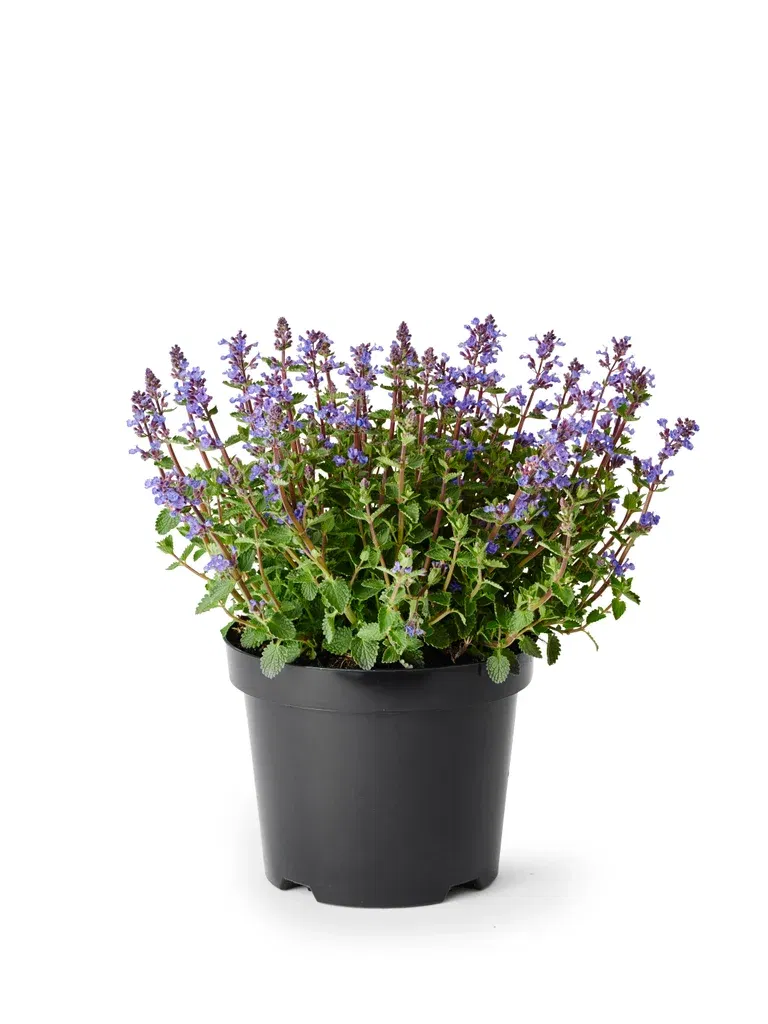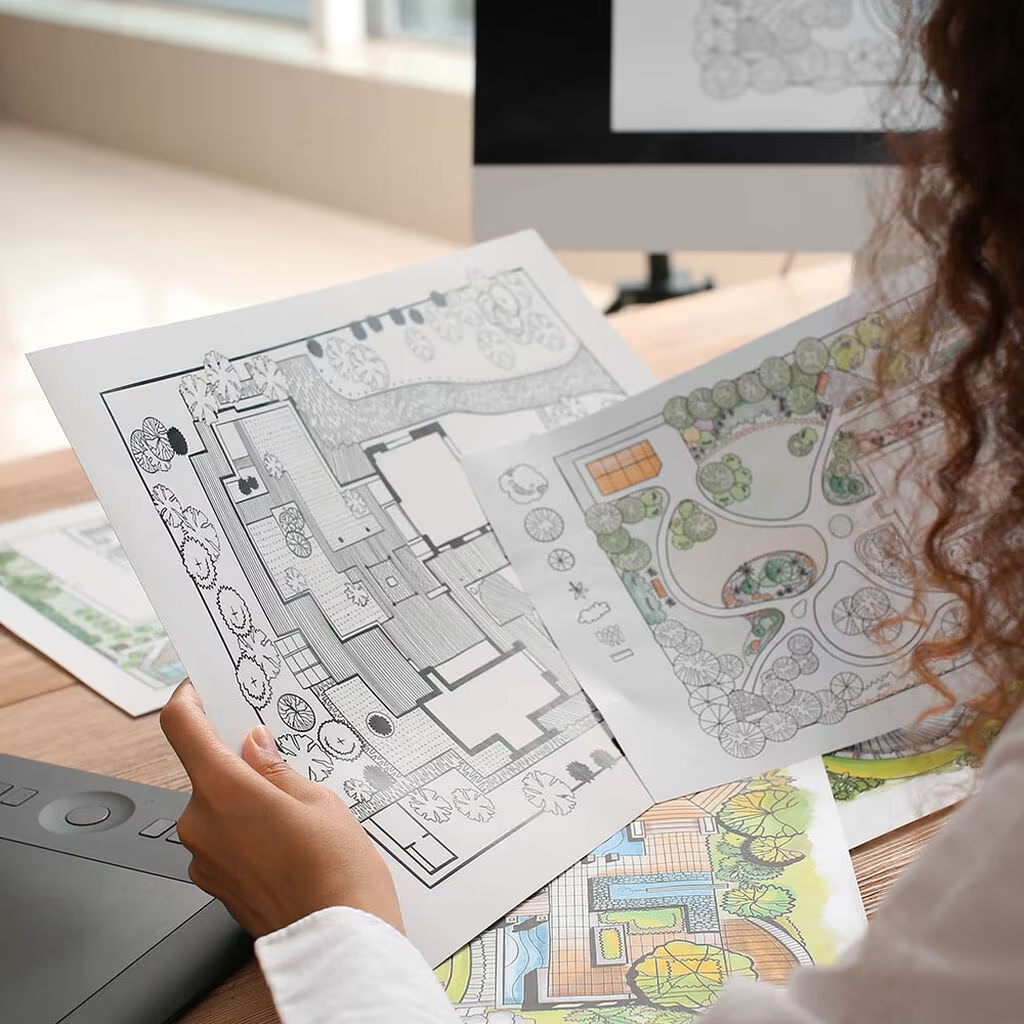Garden plants - elevate the garden to a new level.
Outdoor plants and garden
Summer
Planters create harmony and order in the garden - and they reduce the need for weeding. Win-win, in other words!




Written by Liselotte Roll
Swedish garden inspirer, journalist and author of books about nature, cultivation and animals, such as "Soil", "Grow for insects" and "Chickens as a hobby".
Topics:
Outdoor plants and garden
Summer











